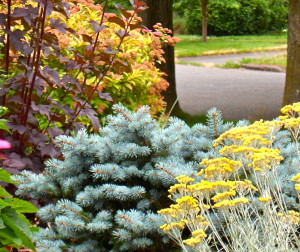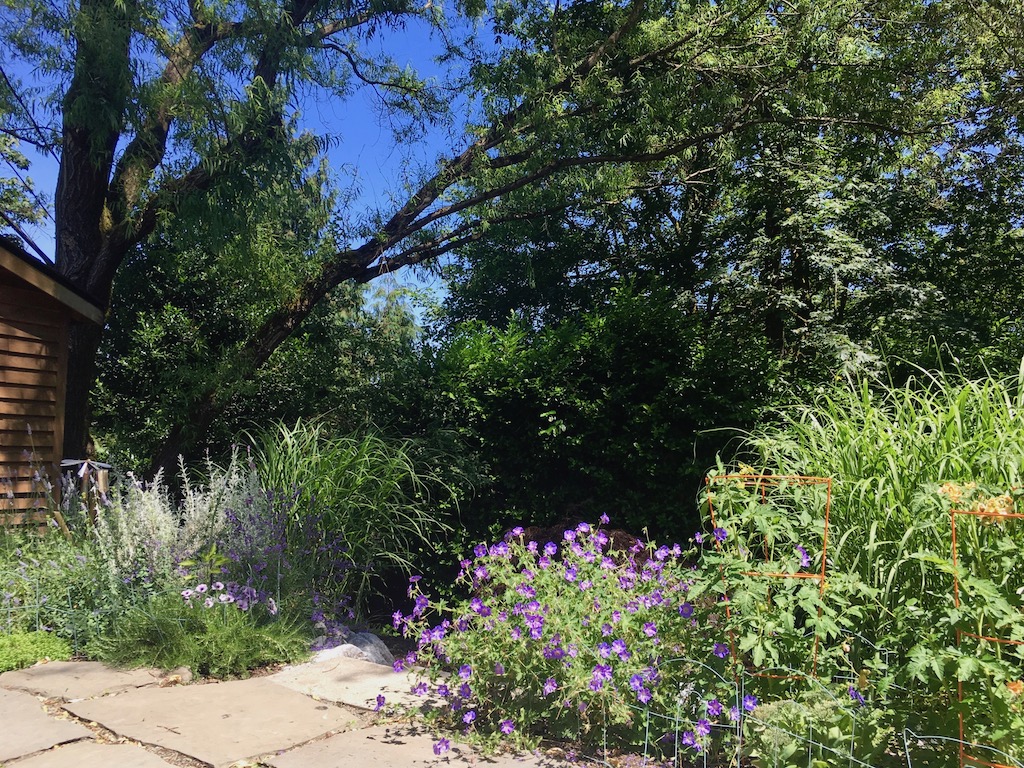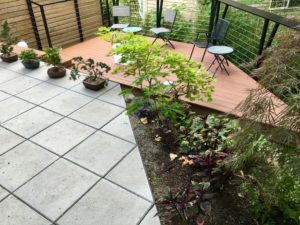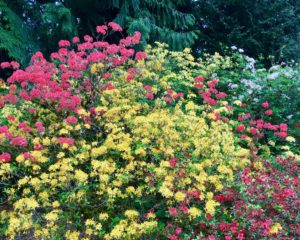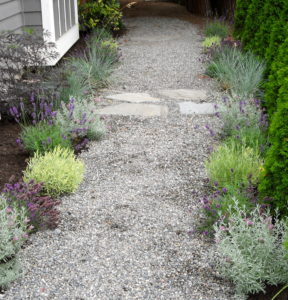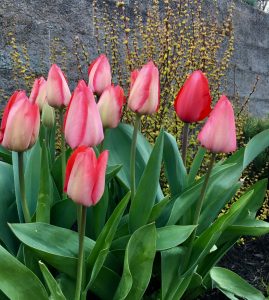 About now the deciduous trees are coloring up nicely and the squirrels having been busy burying nuts (probably in your container gardens—just where you don’t want them) since last month. But, in my garden, it’s not officially fall until I can begin to plant spring-blooming bulbs. That’s usually about mid-October.
About now the deciduous trees are coloring up nicely and the squirrels having been busy burying nuts (probably in your container gardens—just where you don’t want them) since last month. But, in my garden, it’s not officially fall until I can begin to plant spring-blooming bulbs. That’s usually about mid-October.
That is the perfect time to integrate bulbs in to my designs for clients. Interesting bulbs are readily available from suppliers, and it’s easy to dig. I also like to sneak bulbs into potted gardens to provide an early spring surprise after a long winter.
You’ll find a wide choice of bulbs to add color your spring garden. Snow drops (Galanthus) will bloom as early as late January and some varieties of tulips bloom as late as May. Allium finish blooming in June. If you plan well, choosing the right bulbs to create a sequence, you can enjoy a non-stop show from late winter through spring. This is not hard to do. Because different species of bulbs need to be planted at different depths, you can easily plant multiple types of bulbs in layers, in the ground or in large pots. I look forward to seeing masses of crocus, daffodils and narcissus that have naturalized and grown into tight clumps that get fuller by the year.
Keep in mind that some bulbs, such as tulips, aren’t as persistent — they may thrive for two or three years and then it will be time to plant more of them. There are also areas where I like start with a fresh palette each year. In the summer, when those bulbs are through, I give them to neighbors or plant them somewhere else. I plant summer blooming annuals in their place until it’s time to plant the newbulbs for the fall. (I’ll talk about seasonal color rotations in another blog post.)
Designing with Bulbs
For smaller gardens, try planting clumps of like varieties and complimentary combinations with varying heights. For larger gardens, a drift of all one type of bulb—in a single color—is stunning. On hillsides or woodland gardens, bulbs can be planted in bands to suggest the flow of a stream or in other patterns, such as sequences or gradations of color.
Some of my favorite bulbs include:
- Tulipa batalinii ‘Bright Gem’, with its delicate sulphur-yellow petals blushed with warm orange
- The ‘Black Parrot’ tulip—a velvety purple-black heirloom parrot tulip
- Tulipa ‘Apricot Impression’—a giant Darwin Tulip with smoldering tangerine-orange, nasturtium-red and pink persimmon with an interior yellow-edged black base
- The ‘Pheasant’s Eye’ poeticus narcissus, with large, reflexed white petals and a small yellow cup edged in orange-red with a green eye
A cautionary note: Your bulbs will not do well in hard, compacted soil and will not tolerate muddy or saturated soil for any length of time. Some bulbs will do well in pots if the soil is light and the drainage is very good. Pots should be raised off surfaces with hidden feet or trivets to provide air circulation and drainage.
I hope these tips help keep you motivated to be out in yard as the weather turns cool or at least inspire you to go to your favorite nursery to see what’s available.
If you need help planning your fall garden or developing a comprehensive plan for your landscape, contact me for a design consultation. I’m always here to help and love to hear from you about your garden successes.
